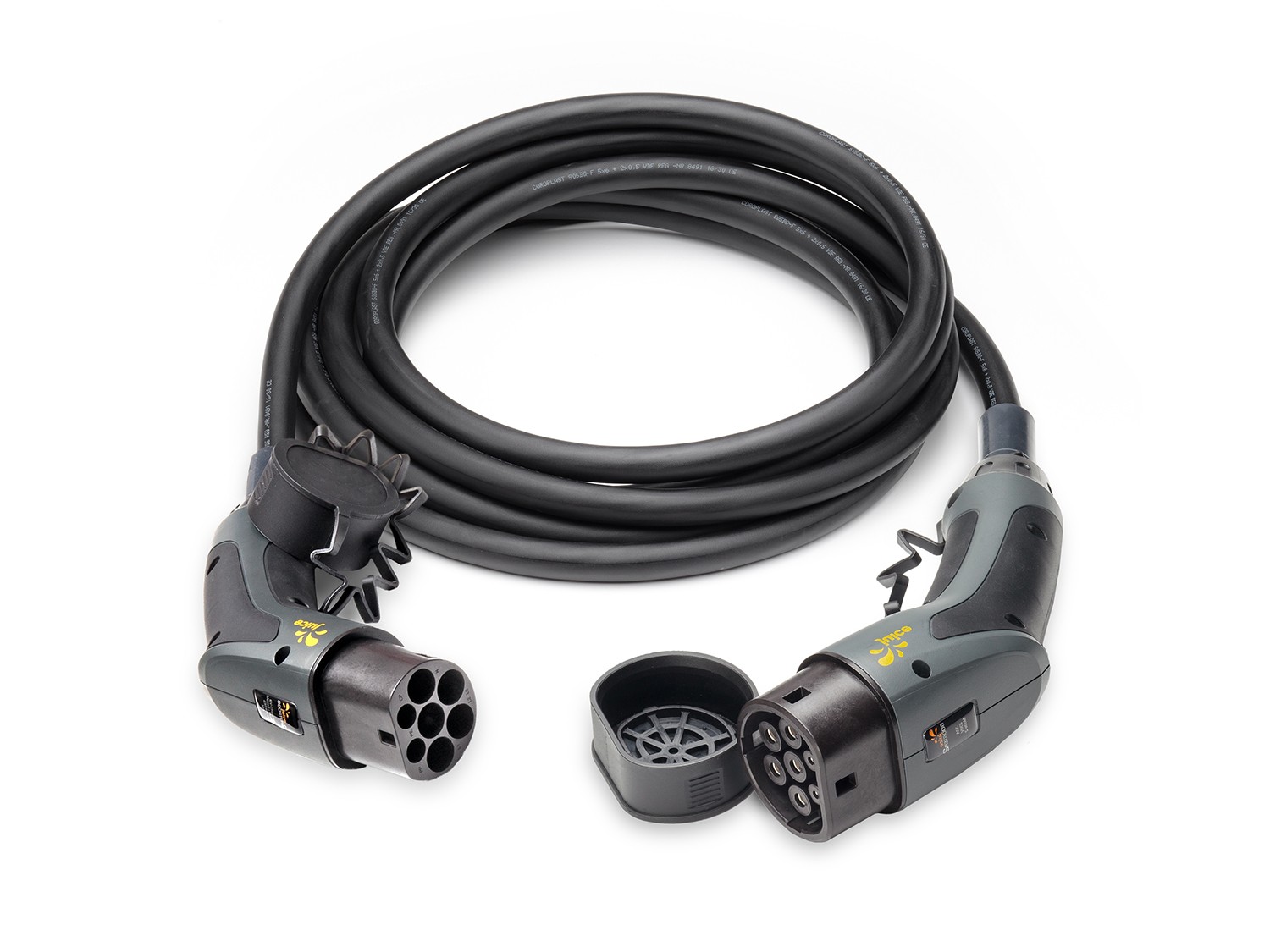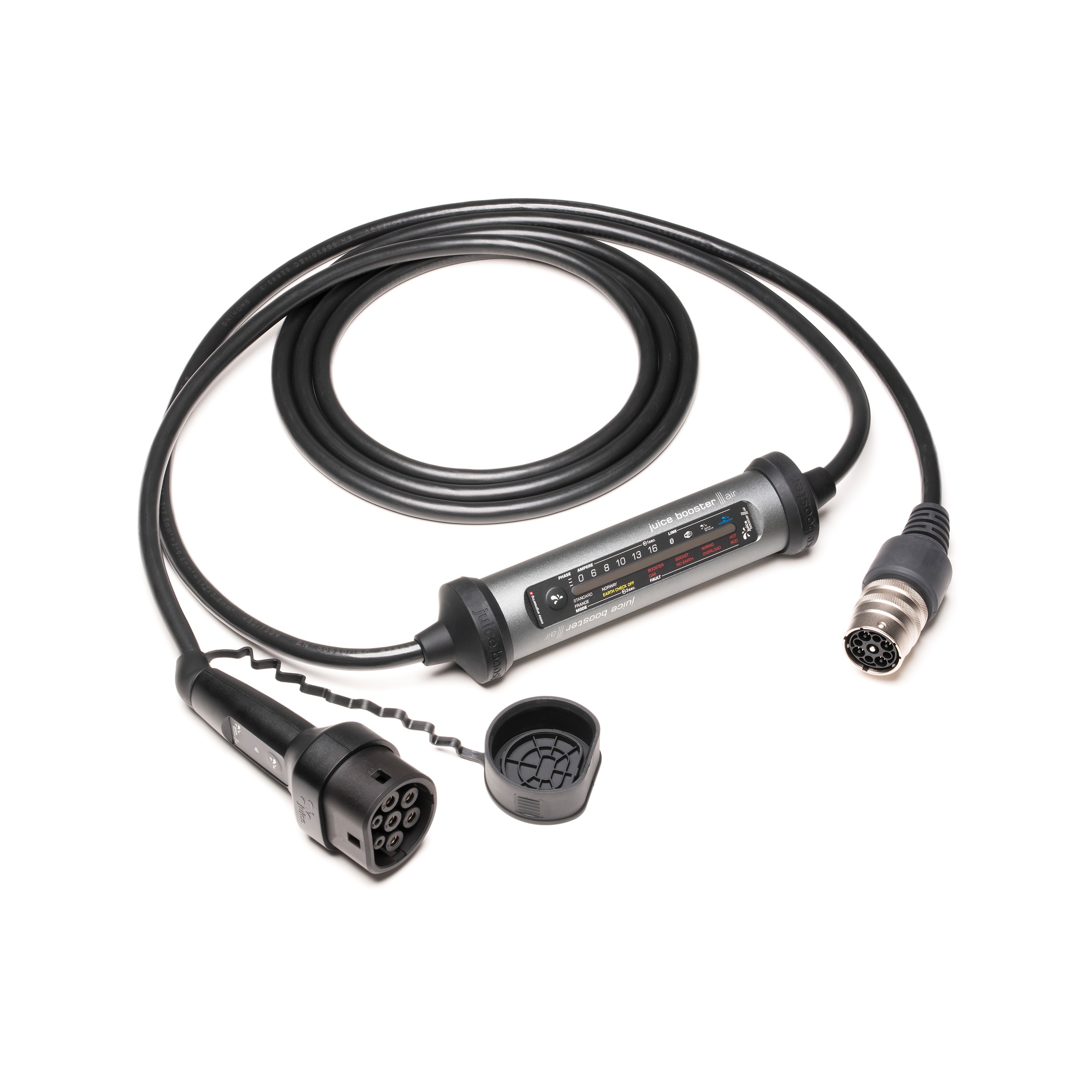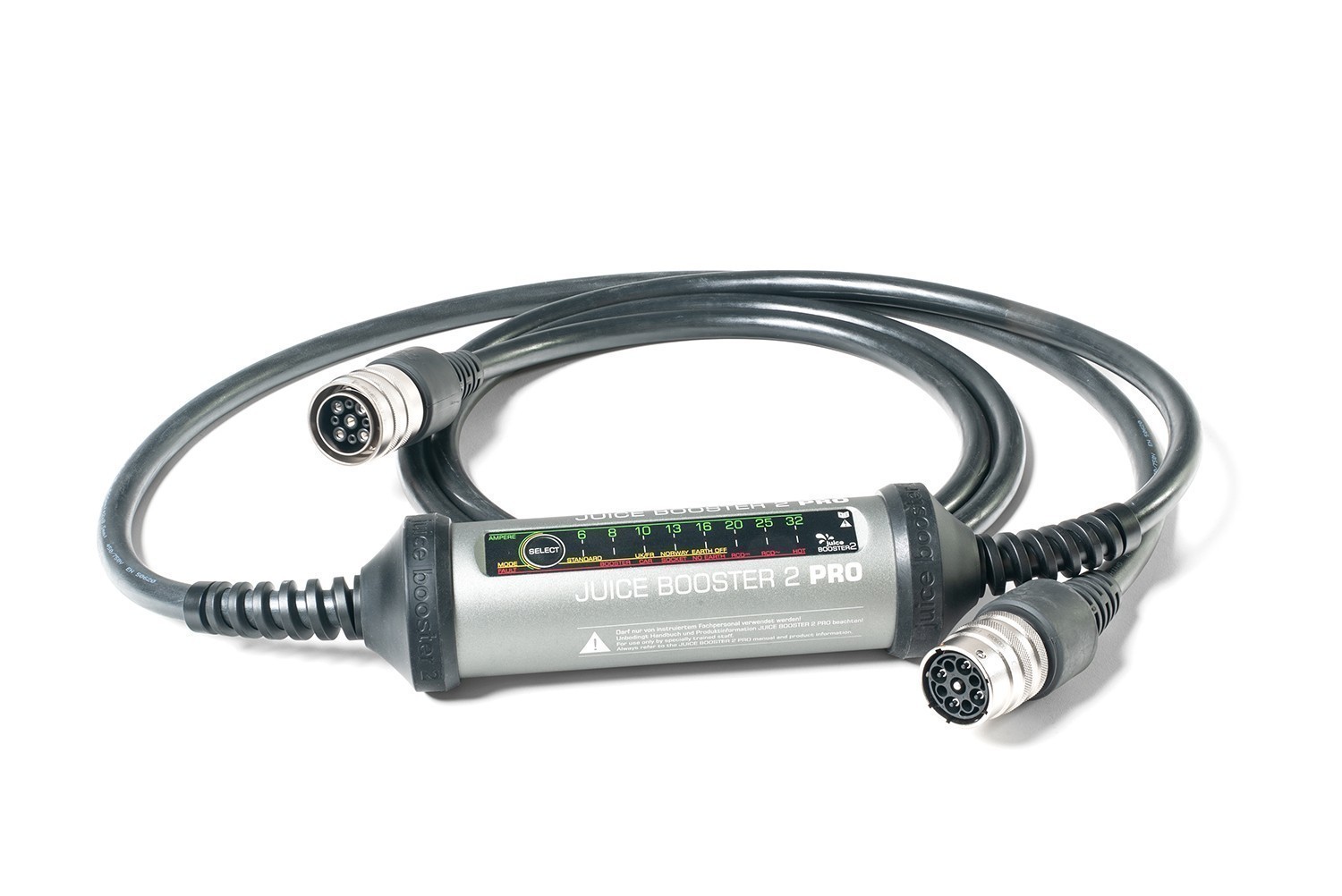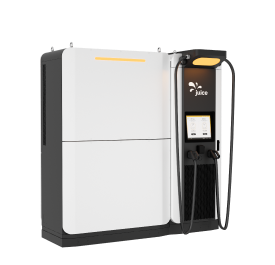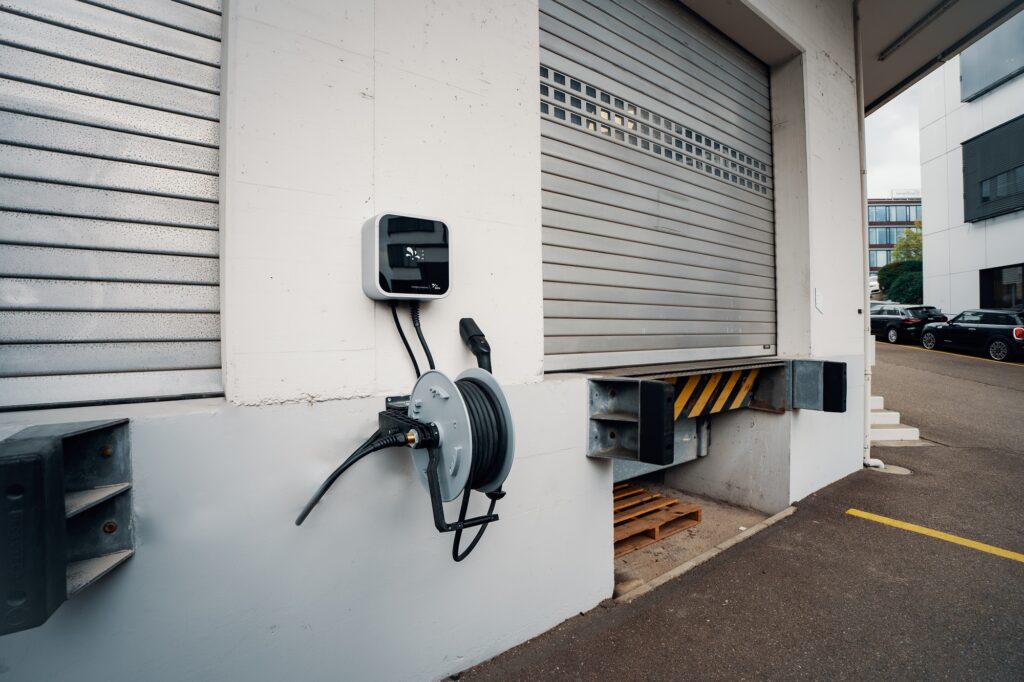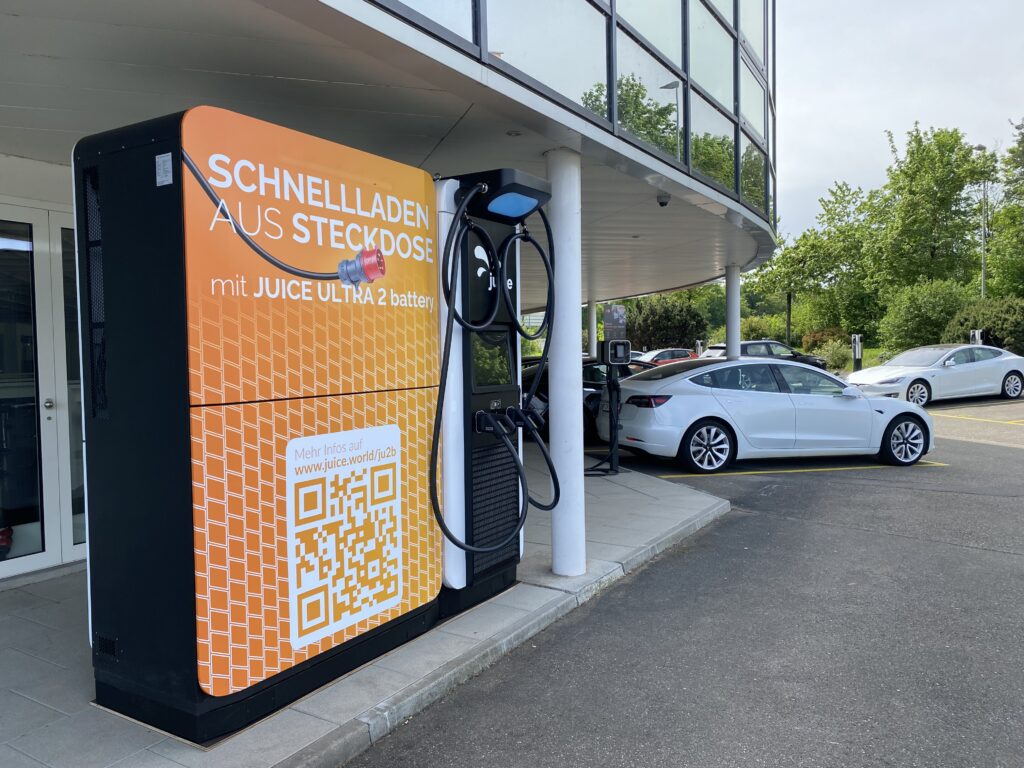There is a great deal of prejudice surrounding electric vehicles, and the situation is further exacerbated by superficial knowledge and half-truths. While some would have us believe that electric cars are inefficient or sorely lacking in range, others claim that the batteries of decommissioned vehicles represent an acute threat to the environment.
The fact is that these claims, and the resulting concerns about the environment, are deterring many people from acquiring a purely electric vehicle – despite a very clear upward trend in sales numbers.
Of course, we are more than happy to address these concerns and clarify not only how electric car batteries are recycled but also the important role that they can play long before this stage. Unlike combustion vehicles, in fact, the “used” batteries of electric cars can actually help us in the transition to renewable energies.
How long is the service life of my electric car battery?
It is a phenomenon that is all too familiar from laptop or mobile phone batteries: as the charging frequency increases, the battery performance declines – and so does the battery life.
This is due to a number of factors, including the heat produced when the battery is charged or discharged, the deep discharge that occurs due to a lack of use or simple aging, which damages the battery’s cell chemistry.
The solution to this problem is intelligent battery management.
The battery of an electric car consists of individual modules, which in turn are made up of separate cells. The temperature and voltage of each cell is determined by means of a cell monitoring circuit, which allows these variables to be evaluated by the intelligent battery management controller. This ensures that the cell chemistry becomes neither too hot nor too cold. Vehicle batteries can thus be better protected against capacity loss, and this extends the battery life.
Consider the following example:
For a Tesla Model S with a range of 500 km per charge, 3000 full load cycles can realistically be achieved before the performance of the battery declines, yet still retains around 80 percent of its capacity.
In this case, a full load cycle is defined as a complete discharge and subsequent recharging of the battery. If we multiply the 500 km range by 3000 full load cycles, this gives us a total range of 1,500,000 km before we witness any drop in capacity.
Another important aspect is that there is no need to fully drain an electric car battery before recharging it.
This is a familiar requirement of earlier mobile phone or laptop batteries. Therefore, top-up charging while shopping, at the office or dining at your favourite restaurant is absolutely no problem – any available charging opportunity can be used without hesitation.
Those who wish to treat their batteries with the greatest of care should endeavour to keep the charge state between 20 and 80 percent, and they should also limit their use of fast-charging stations.
Can an electric car battery still suffer a premature and excessive loss in performance?
Virtually all devices are powered by lithium-ion batteries – be it electric cars, mobile phones or laptops. These batteries are generally considered an extremely reliable form of energy storage. In rare cases, however, they may suffer an excessive performance drop at a premature stage.
The battery life can be influenced by factors such as extreme temperatures, a very sporty driving style or a faulty cell chemistry. Depending on the purchase agreement, such problems can give raise to warranty claims. Most manufacturers guarantee the performance of their batteries for a period of eight years or a total distance of 160,000 kilometres.
Any batteries that dip below a specific capacity threshold (usually 70 to 80 percent) within this period or overall distance are covered by the manufacturer’s warranty and will be repaired or replaced free of charge. Lexus has actually set a new benchmark in this area by offering a warranty of ten years and one million kilometres for its new UX300e. A complete battery replacement is rarely necessary, however, since many issues can be resolved by replacing individual battery modules.
Second life: how can an electric car battery be reused?
An electric car battery is considered “depleted” – and hence no longer suitable for its intended use – once its total capacity amounts to just 70 to 80 percent. From an ecological and economical perspective, however, it makes sense to continue to use such batteries as energy storage before they are recycled.
In this context, the BMW Group is one particularly prominent example: Back in 2017, the company opened its battery storage farm in Leipzig, made up of 500 disused batteries from electric vehicles which had been repurposed as second-life energy storage. This facility helps to balance out the high load peaks that can occur in production and compensate for any lack of wind.
Used batteries can also be employed in private households, for example, as a cost-effective means of storing the electricity produced by photovoltaic systems instead of feeding it back into the grid. A battery with a capacity of just 20 kWh can serve as effective buffer storage for a family home.
In this role, the batteries experience far more even load conditions since they are not subjected to continuous charge and discharge cycles. In this second life, they can thus be used for up to 20 more years before the matter of recycling even needs to be contemplated.
The bottom line
Today’s electric car batteries already boast a very long service life, and this will only increase in the years to come.
And if a battery does lose too much of its original capacity as it nears the end of its life, it is not immediately dismantled but instead enjoys a second life as intermediate energy storage for many more years or even decades. We can thus support the energy revolution by harvesting energy from renewable sources such as the wind or sun, without having to resort to environmentally harmful resources overnight or in windstill conditions.
And when the time to recycle eventually arrives after many years of use, at least 90 percent of the old battery can be reused as raw materials for the next electric car battery.
